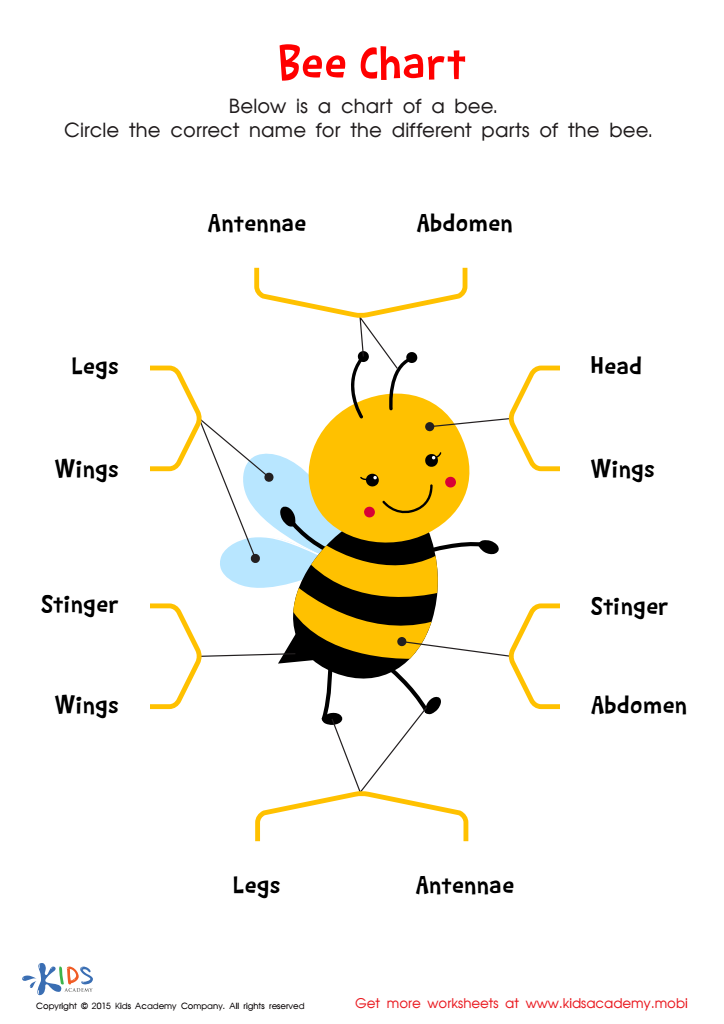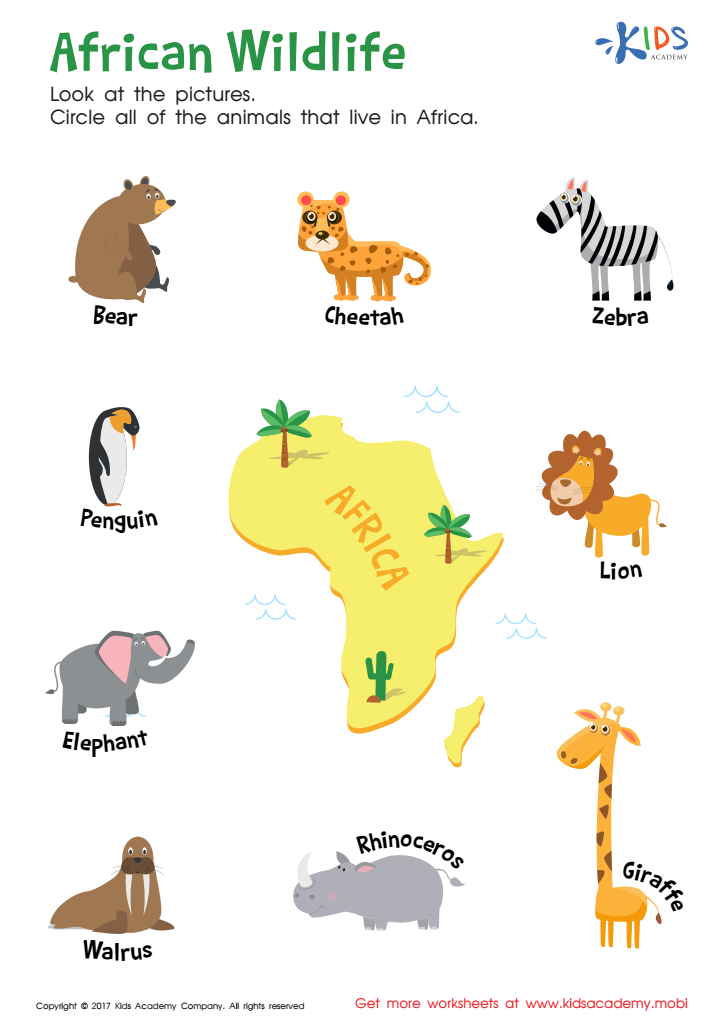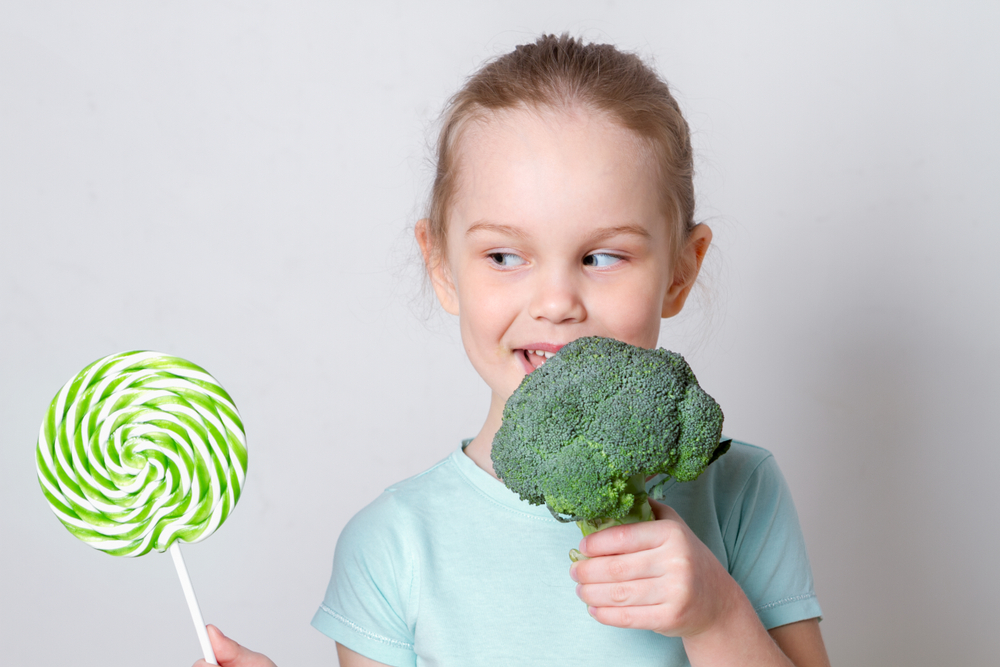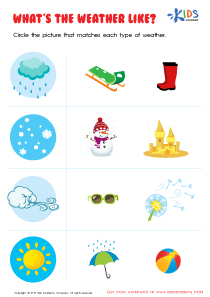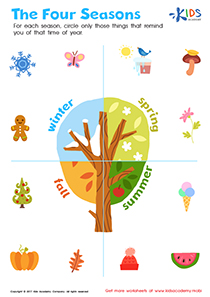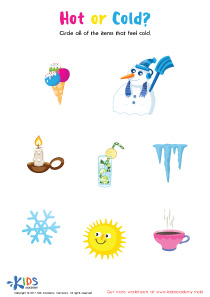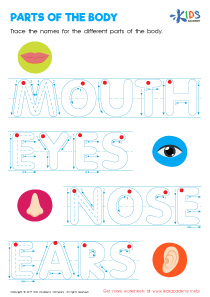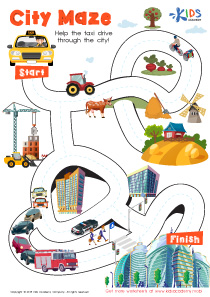Plants and Animals Worksheets for Ages 3-7
13 filtered results
-
From - To
Unlock the wonders of nature for your little learners with our "Plants and Animals Worksheets for Ages 3-7." Tailored for curious minds, these captivating printables help preschoolers through first graders explore the world around them with engaging activities. From understanding different plant parts to learning about various animal species and their habitats, these worksheets nurture a love for science and the environment. Designed to pique interest and foster hands-on learning, they're perfect for home or classroom use. Spark your child's curiosity and enhance their knowledge with our thoughtfully crafted resources. Download now for endless discovery and fun!
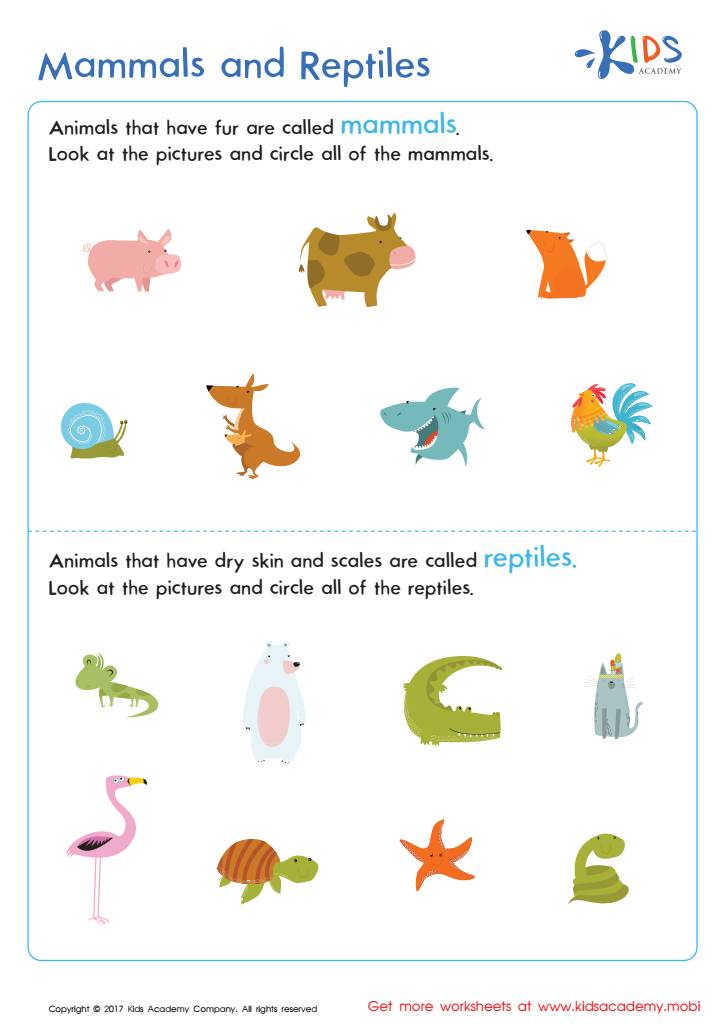

Mammals and Reptiles Worksheet
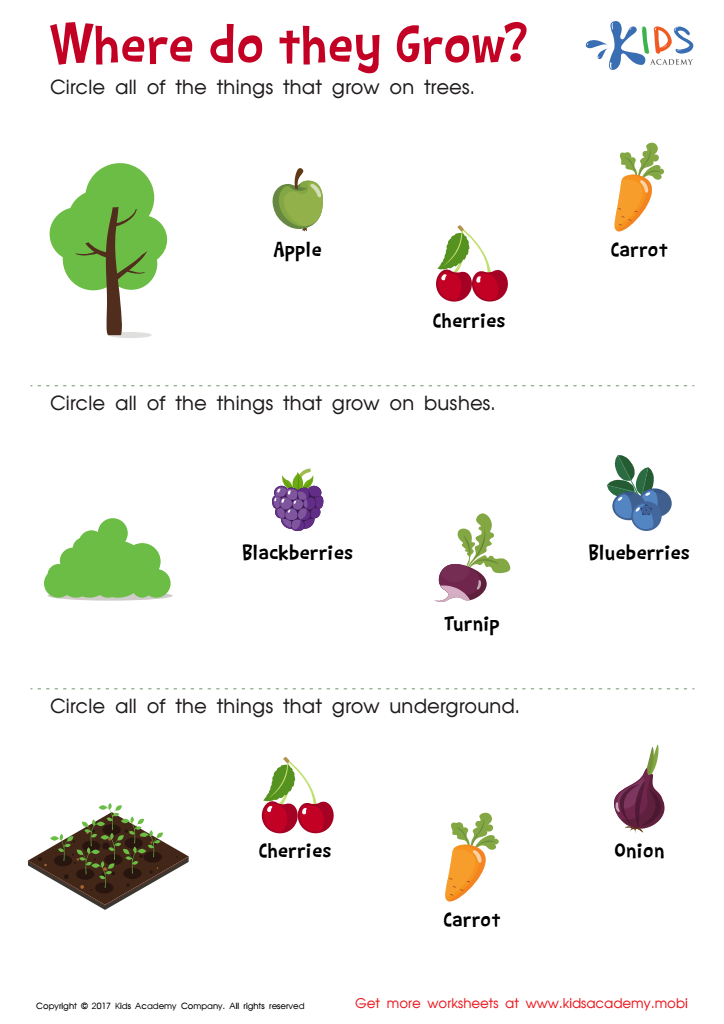

Where Do They Grow Worksheet
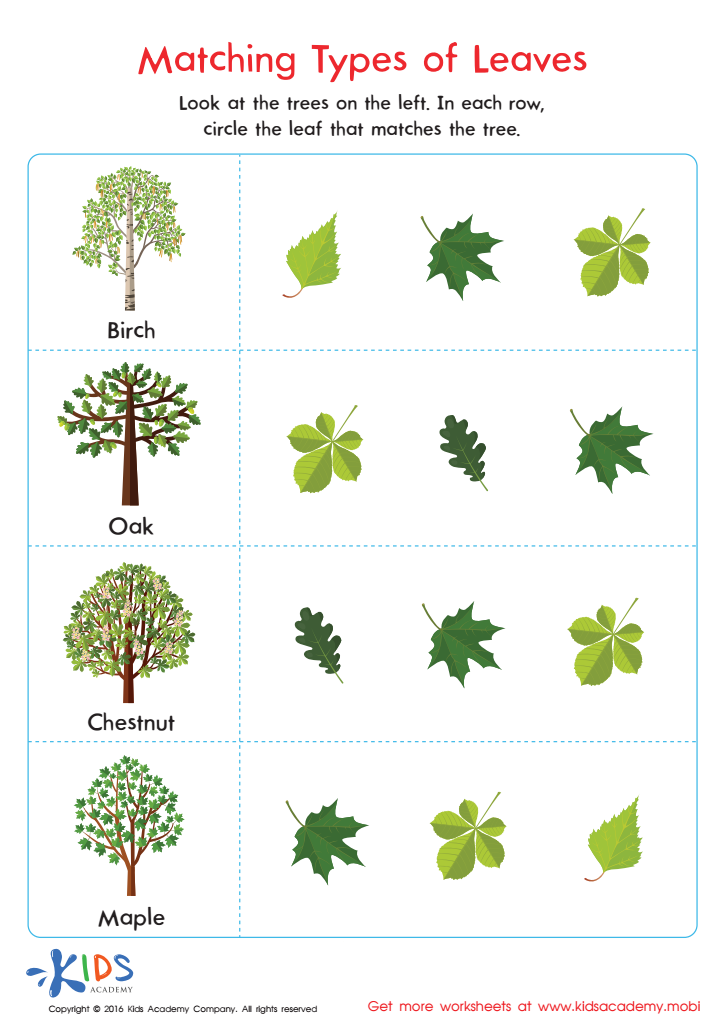

Matching Types of Leaves Printable


African Wildlife: Giraffe Worksheet
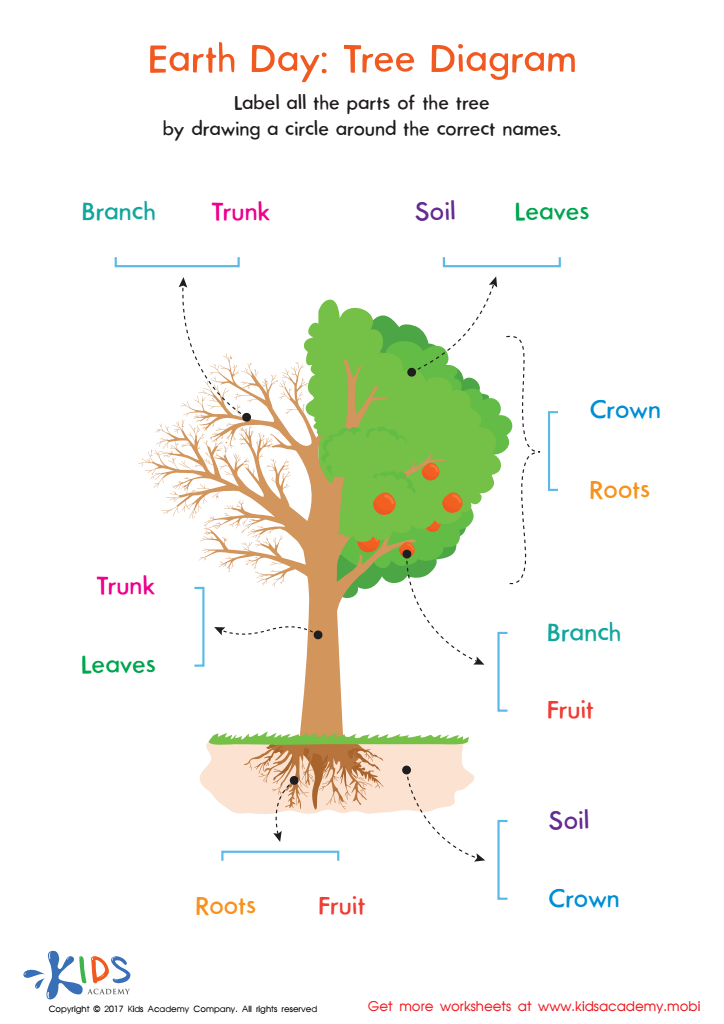

Earth Day: Tree Diagram Worksheet
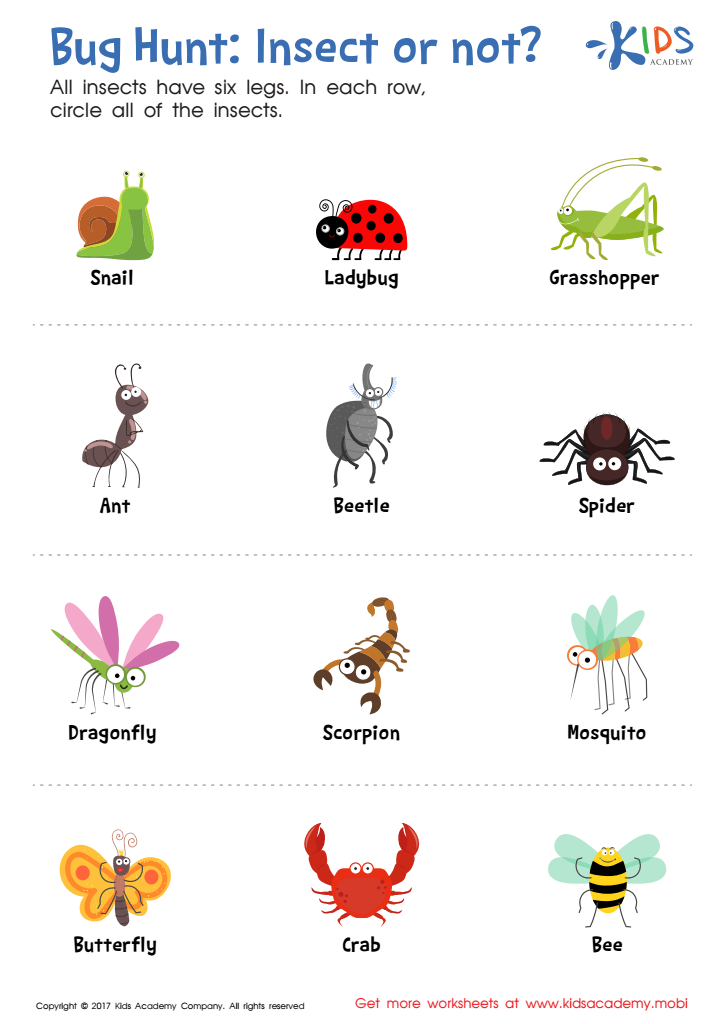

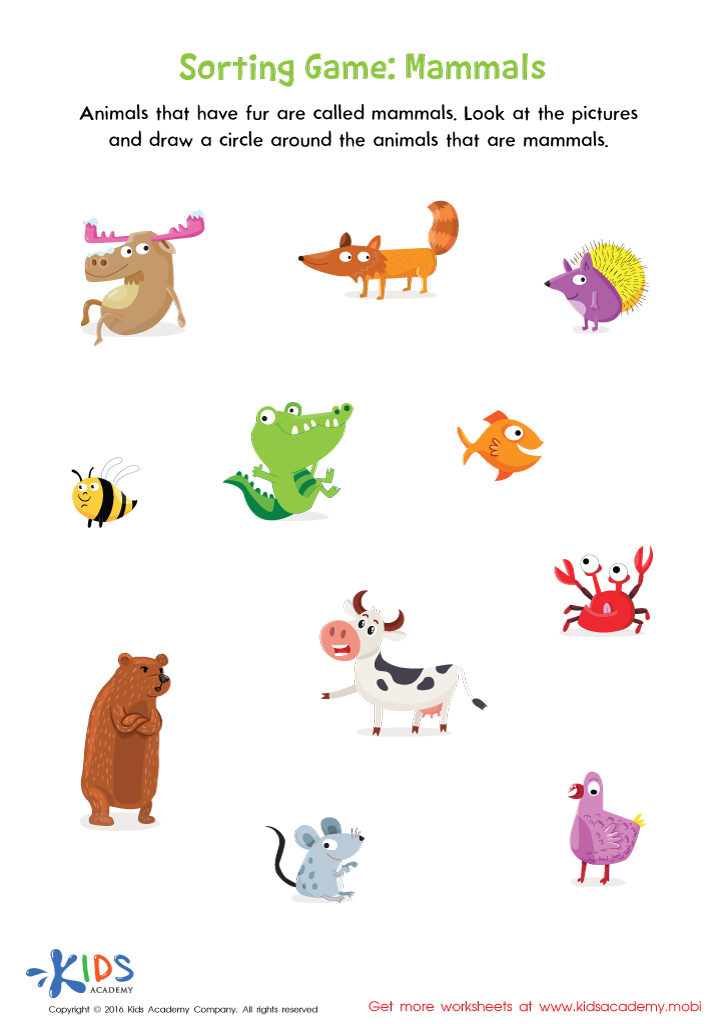

Mammals Sorting Worksheet
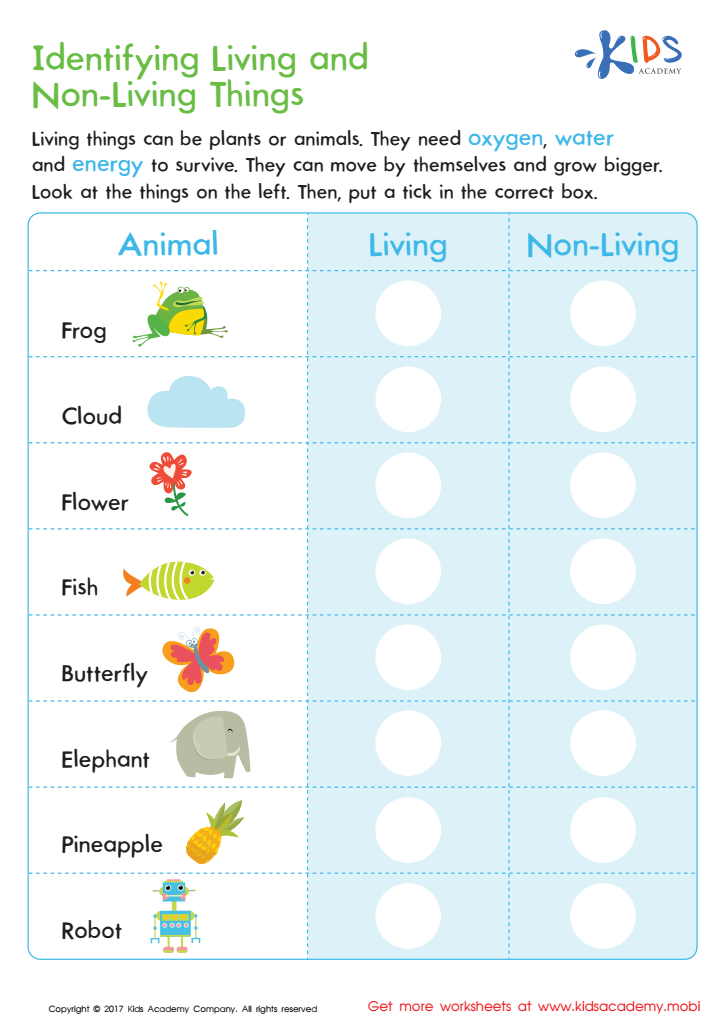

Identifying Living or Non–living Worksheet
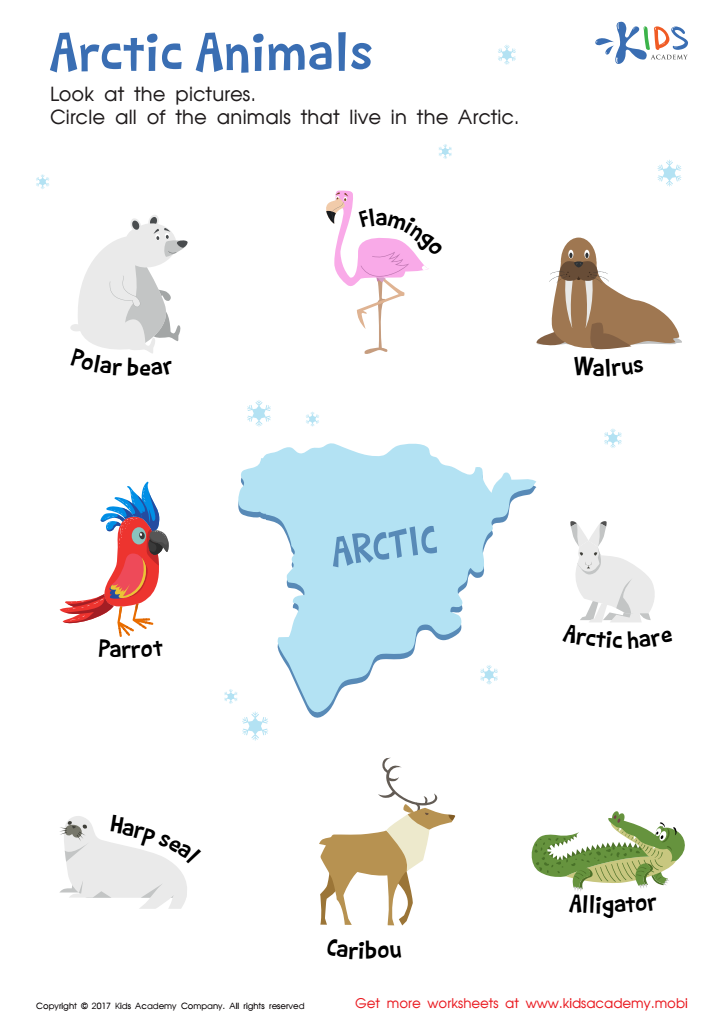

Arctic Animals Worksheet
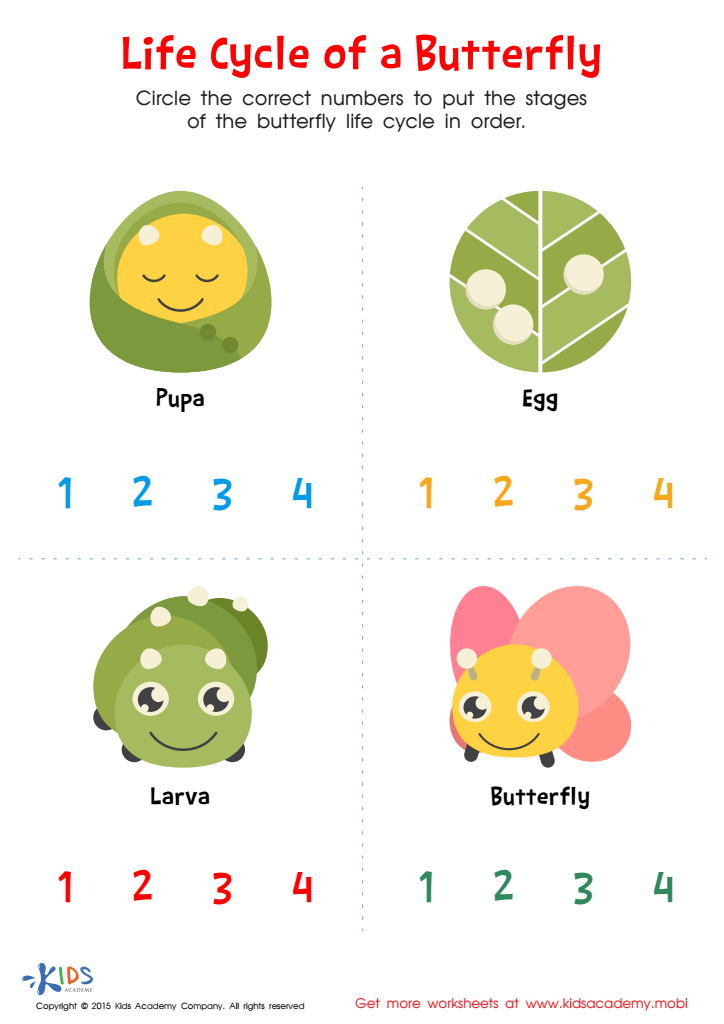

Life Cycle of Butterfly Printable
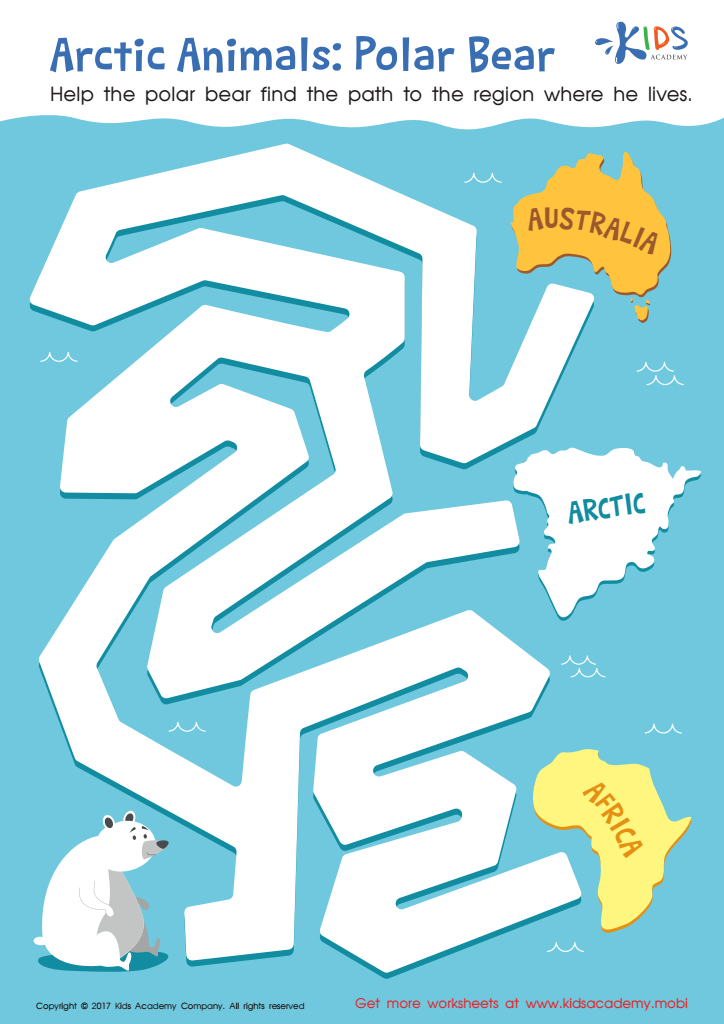

Arctic Animals: Polar Bear Worksheet
Introducing young children, ages 3-7, to plants and animals holds tremendous importance for several reasons. Firstly, it fosters a sense of curiosity and wonder, essential for nurturing a lifelong love for learning. These early encounters can ignite interest in biology, ecology, and natural sciences, laying a foundation for future academic pursuits.
Understanding plants and animals also encourages empathy and compassion. When children learn how plants grow or observe animals in their natural habitats, they begin to appreciate the delicate balance of life and the importance of caring for other living beings. This can teach concepts of responsibility, kindness, and respect for life, crucial values for societal growth.
Moreover, interacting with nature can have significant cognitive and emotional benefits. Activities like gardening or observing animals can enhance fine motor skills, improve concentration, and offer a calming effect that reduces stress. Nature-based learning often encourages sensory experiences, which are vital for the developmental growth of young minds.
Lastly, educating children about plants and animals helps instill environmental stewardship from a young age. Awareness and appreciation for nature's interconnectivity can inspire children to adopt eco-friendly habits, contributing to sustainability and conservation efforts in their future lives.
Therefore, planting seeds of knowledge about flora and fauna in young minds not only enriches their developmental journey but also cultivates responsible and engaged future citizens.
 Assign to My Students
Assign to My Students
